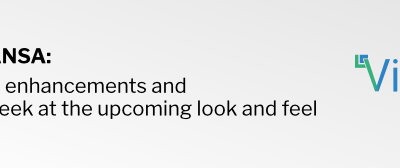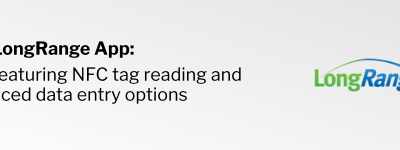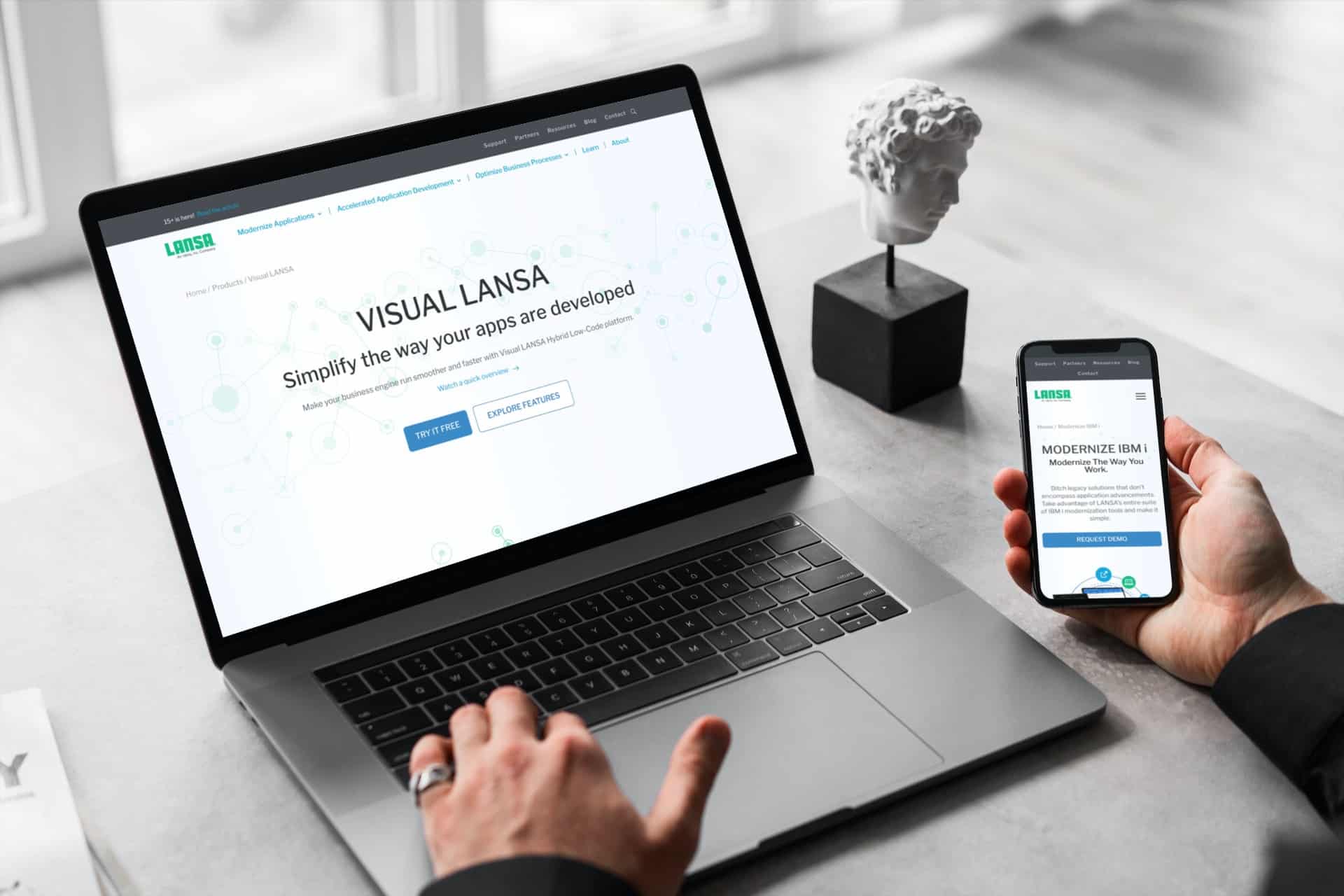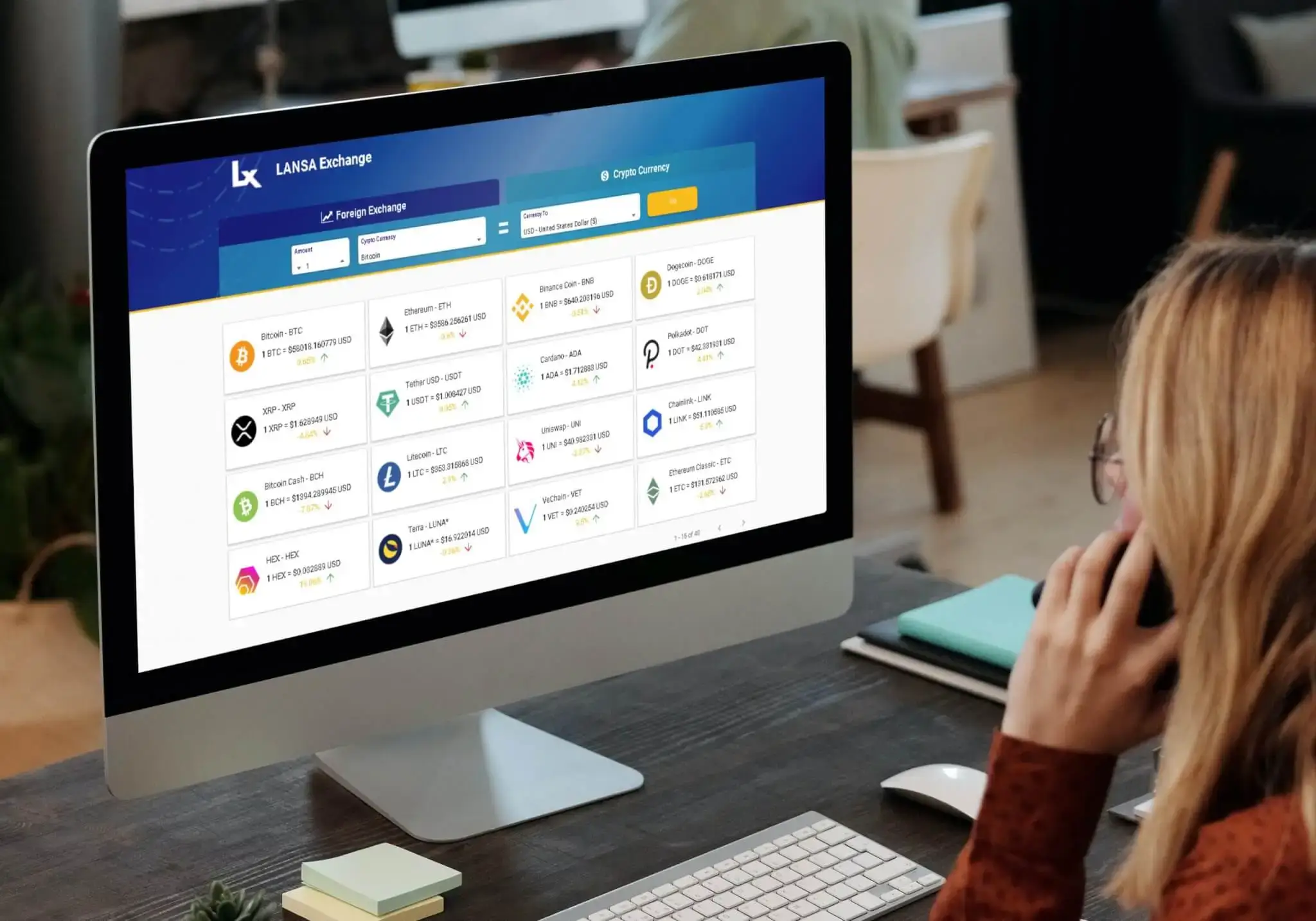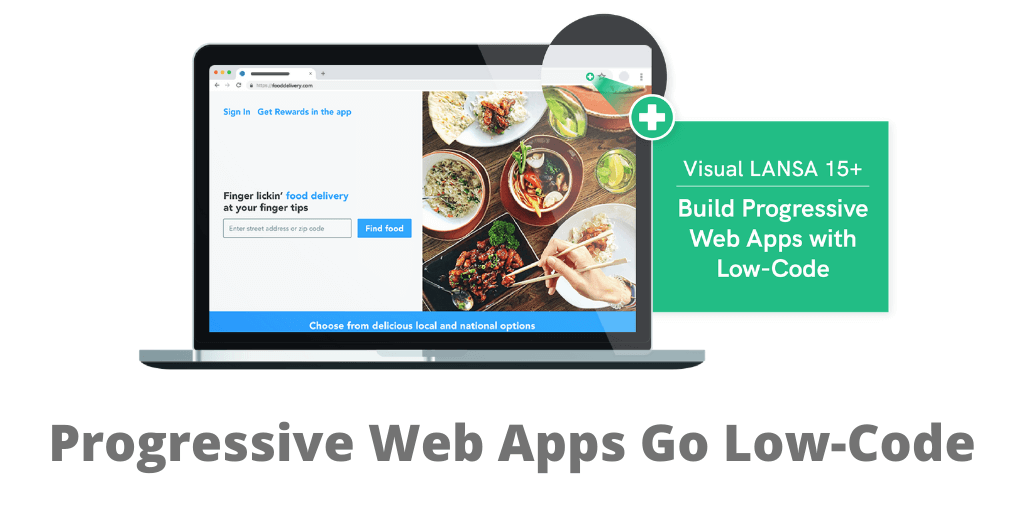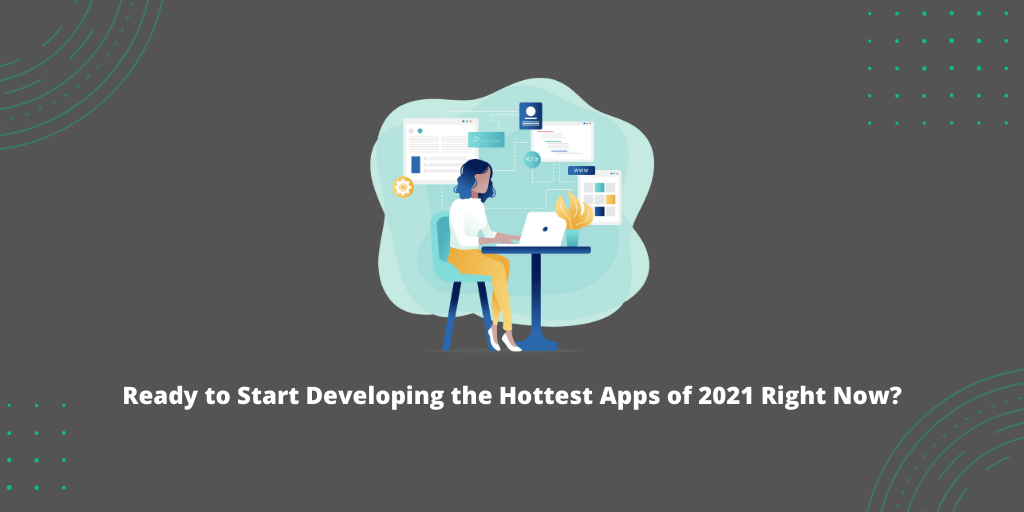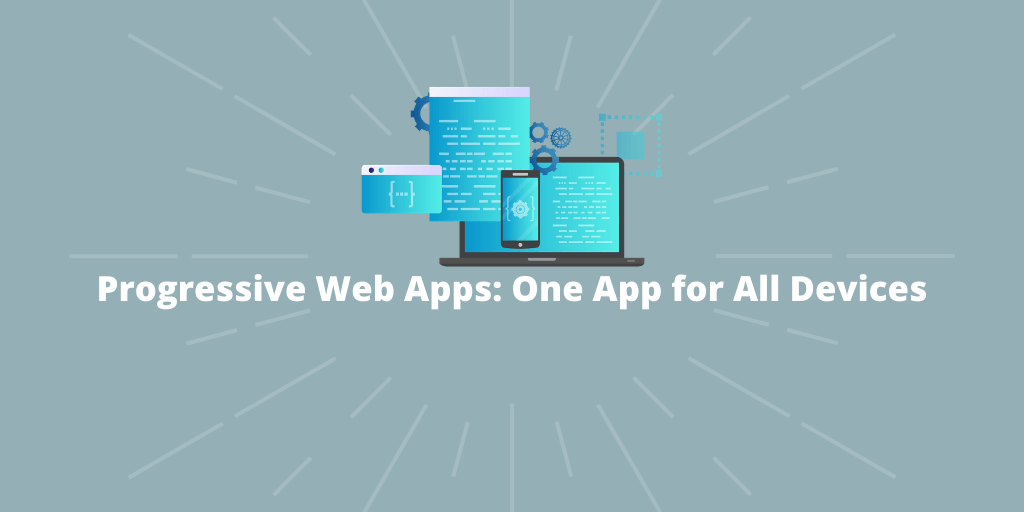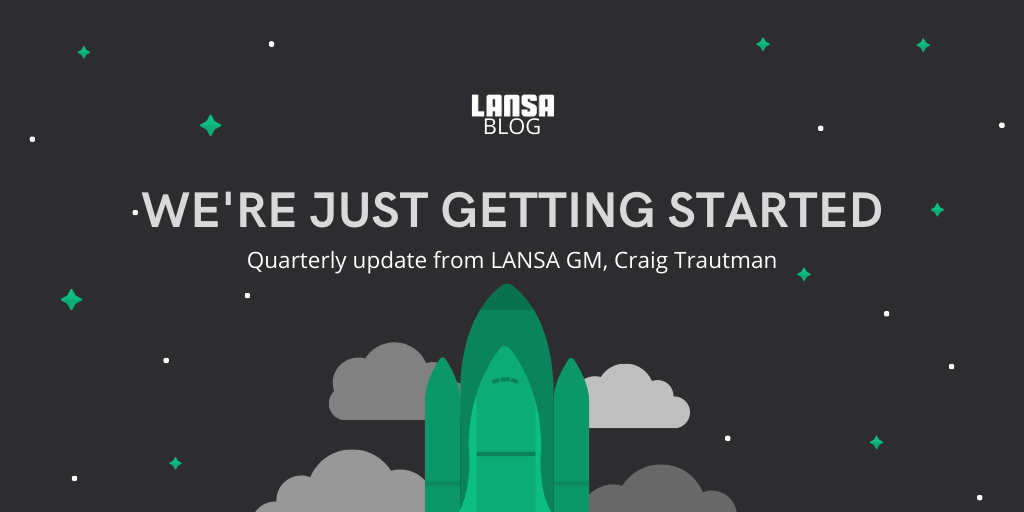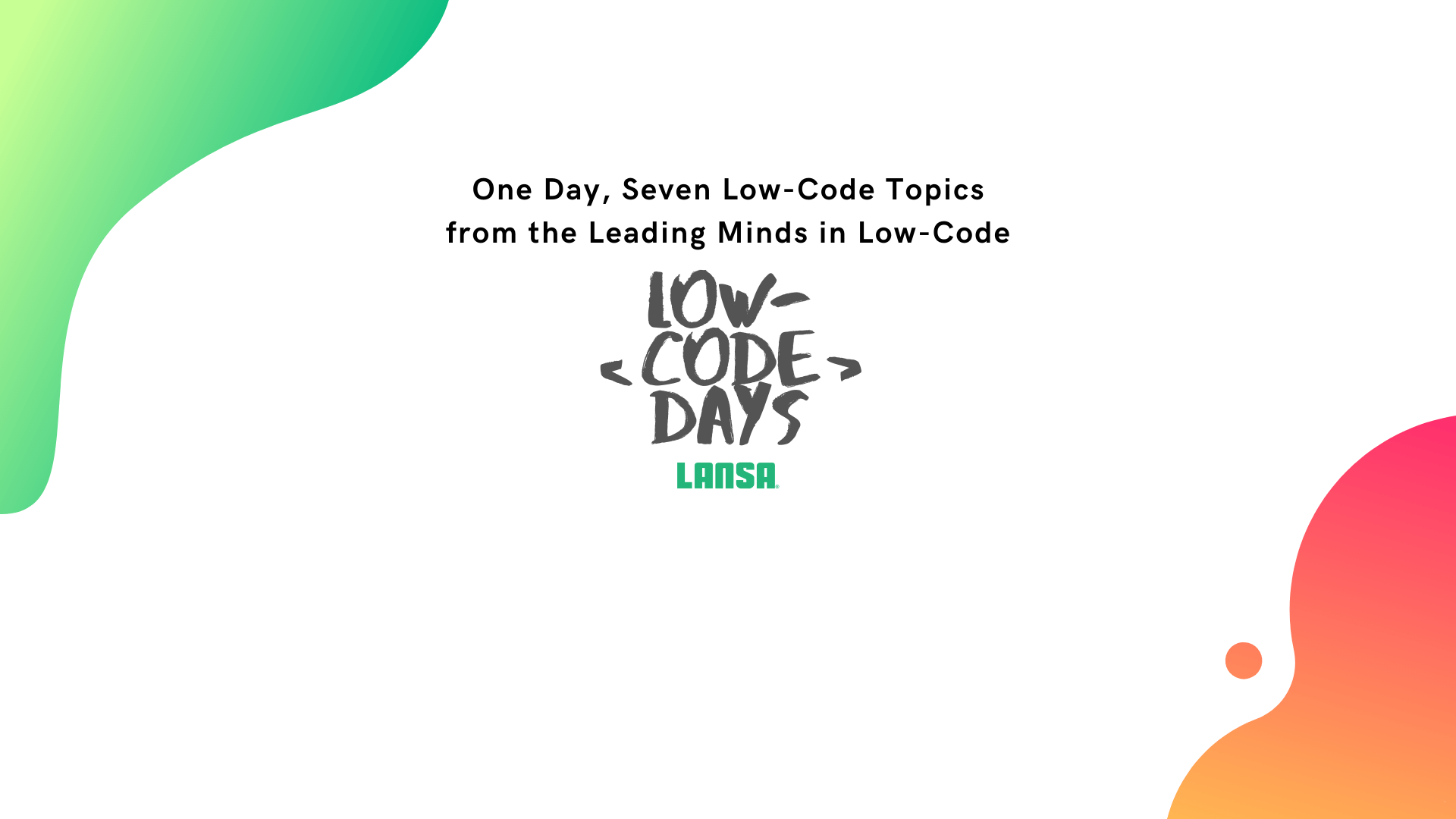Information Overload
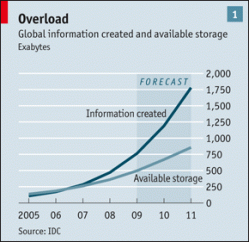 We are facing a crisis in information Management called “the data deluge” by the Economist in a February 2010 study. A sample metric cited in the report is that WalMart handles 1 million customer transactions per hour and has 2.5 petabytes of archived data (equivalent to 167 times the number of books in the Library of Congress). This graph forecasts the growing gap between the information created versus available storage.
We are facing a crisis in information Management called “the data deluge” by the Economist in a February 2010 study. A sample metric cited in the report is that WalMart handles 1 million customer transactions per hour and has 2.5 petabytes of archived data (equivalent to 167 times the number of books in the Library of Congress). This graph forecasts the growing gap between the information created versus available storage.
Legal requirements for storing images of business documents, executive appetite for Business Intelligence and Data Warehousing systems and the Social Media tsunami – with its attendant unstructured data formats – have all contributed to this growing demand. To further compound the management challenge, multiple constituents now expect that more parts of a business are available on-demand. How well is your organization coping with the need to manage content and all the ways it needs to be created, stored, consumed and categorized? Perhaps you need a system designed specifically to manage unstructured content?
What is Content Management?
Content management is the process of organizing and consolidating these pieces of content (text, graphics and multimedia clips) and tagging schemes (XML, HTML, etc) in the most efficient way and storing them only one time in a repository, known as a Content Management System (CMS). The organized content can then be used over and over again (content reuse) for many different publications and repurposed for multi-channel publishing.
If you have maintained a website (or application help text or user documentation) then you are already aware of some of the challenges of handling content:
- Content is information, tagged with data and transformed for collection, management and publishing
- Content has format that needs to be consistent across its different categories as well as consistent in a single publication
- Content has structure so it can be tagged for access, management and inclusion, as well as structured into a wider system so it fits into categories, cross-reference structures and sequences
Because content is so different, there are five different categories of content management systems:
| Type of Content Management System | Purpose |
| Web Content Management (WCM) | Specializes in managing and delivering content to websites |
| Digital Asset Management (DAM) | Specializes in managing graphics and multimedia components and their corresponding metadata, but not text |
| Document Management (DM) | Manages whole documents rather than the actual content itself; similar to an electronic filing cabinet |
| Enterprise Content Management (ECM) | Manages all aspects of content within an organization (e.g, e-mails, business documents) and is scalable for use throughout the entire enterprise. |
| Component Content Management (CCM) | Manages content at the component level and stores it only one time as a single source for maximum content reuse and delivery to multiple media channels (e.g, print, web, CD, PDF and more) |
Who needs a Content Management System?
Your organization might consider investing in a content management system if you:
- Use the same content over and over again in one publication (e.g, a warning in an instruction manual may be used 10 times within that manual)
- Use the same content in more than one publication or document (e.g, a part number and description in a parts catalog may also be re-used in the user’s guide)
- Publish content to more than one media channel (e.g, the content in a printed instruction manual that ships with the product may also be used in the online help information)
- Publish content in multiple languages
The types of publications that CMS might manage might include:
- Parts catalogs, software documentation, user’s manuals
- Technical documentation, reference and training manuals, marketing and educational materials
- Reference materials (encyclopedias, dictionaries, standards guides)
- Testing and training materials (e-learning programs, testing booklets)
- Marketing and educational materials (packaging, promotional flyers and ads, brochures)
Justifying a CMS
It is probably easiest to understand the impact of a content management system by comparing the benefits without and with a Content Management System
| Benefit | Before a CMS | After a CMS |
| Centralized and shared content | Content is scattered throughout the organization, resulting in contributors creating similar or duplicate content in many different formats. | Content is consolidated into one comprehensive repository, facilitating content sharing among co-workers. |
| Accurate content | Numerous versions of documentation reside in separate files. Each file must be updated individually through a manual process, leading to errors and inaccuracies. | Because each piece of content is only stored one time in a CMS, it can be reused throughout one or multiple documents. The CMS tracks every instance of content reuse and flags all instances when a change is made to ensure all appropriate instances are updated and consistent. |
| Secure content | Anyone can access the content in documents, posing a security threat. | User privileges are assigned, so only authorized people can access content with unique IDs. |
| Shorter editorial cycles | The editorial and review process is inefficient. Responsibilities and deadlines are not well-defined and monitored. | Users are alerted to their pending tasks and due dates. Additionally, daily editorial tasks can be automated to save time. |
| Quick creation of new publications | Content is rewritten for new publications because previously written content cannot be found. | Content can be searched, retrieved, and reused to create new products within minutes. |
| Timely delivery of publications | Separate files exist for print, web, and PDF versions of the content, increasing the time it takes to update and publish the content. | Single-source content is updated once and repurposed for multiple media channels as often as daily or weekly. |
| Lower translation costs | Documentation published in many languages is confusing and costly to update and translate. | A CMS with full Unicode support allows small chunks of updated content to be translated instead of entire documents, saving thousands of dollars. |
SharePoint and the Commoditization of ECM
While CMS is conceptually easy to justify, it suffered in the past from a perception of a high cost to implement and a perception of complexity and difficulty of integration with other applications. A game-changer has been the impact of Microsoft SharePoint 2007 and the soon to be released SharePoint 2010. There is online debate about whether SharePoint fits the definition of an ECM, or whether its broader purpose is to serve as an extendible development and deployment platform for collaborative, social, document management and workflow applications. In his AIIM 2010 keynote address Revolution – 8 Disruptive Forces that Will Transform the Content Management Industry, John Mancini predicts :
- that the presence of Microsoft SharePoint has ensured that awareness of content and document management solutions will increase
- the pool of specialized solution providers building document applications will expand dramatically
- other platform vendors differentiate themselves from SharePoint and will either compete with or extend SharePoint’s capabilities.
SharePoint has enjoyed a kind of grassroots deployment model that has helped bring more organizations into the enterprise content management fold, and has made SharePoint Microsoft’s fastest growing product ever – especially by bundling it for free with the Windows Server operating System, ensuring tight integration with Microsoft Office and allowing for easy self-administration and setup. However, many of the SharePoint implementations tend to be siloed and maintained at the department level and the strategic benefits of a CMS may not be realized where Sharepoint diffusion is uncontrolled.
The Evolution of CMS Standards
There are two industry standards to be aware of in Content Management interoperability:
DITA v1.1 – the Darwin Information Typing Architecture which is an XML-based, end-to-end architecture for authoring, producing and delivering technical information between content-based applications. Version 1.1 was released in 2007.
CMIS 1.0 – is a specification for improving interoperability between Enterprise Content Management systems. OASIS approved CMIS as an OASIS Specification on May 1st, 2010. It proposes a data model plus a set of generic services and several protocol bindings based on the SOAP and REST protocols.
Microsoft have committed to the CMIS 1.0 protocol but have not confirmed the level of support in SharePoint 2010.
Take a step back and learn about the changes that the IBM i OS versions have seen along with CMS standards over the decades in this guide.
Which CMS should you choose?
The Content Management product range is very broad and competitive. There are many technical factors to consider and a plethora of online opinions from industry pundits. The CMS Match and CMS Matrix websites both have checklists and scoring comparisons for all the major products. Content management projects start in various ways. Some organizations select a CMS product, purchase it, and then get started on project planning and content analysis. Others analyze and plan first and then find the product that is most appropriate to their needs. Still others gather the requirements they need to build their own CMS. The market penetration of open source offerings has made Content Management an easier business justification for website management in particular, and prominent vendors like Vignette and Stellent have been taken over. From a platform perspective, CMS offerings can be categorized into:
- .NET based open source systems and low cost CMS – Umbraco, dotNetNuke, SiteFinity
- PHP/Java-based open source CMS – Drupal, Joomla, Alfresco
- Proprietary commercial CMS that fit a particular industry niche – Sitecore, Ektron, SDL Tridion
Besides comparing the product features, you should also understand and get agreement on your organization’s business and technical objectives for content management, the project mandate and the skills in the team, the required hardware/software platforms and the interfaces you will need to have between your Content Management System and your back-end systems.
CMS and your Enterprise applications
The basic requirement for integration is that content presentation can be dynamically and programmatically controlled. For example, LANSA Commerce Edition generates web pages based on a mix of database driven content (e.g. pricing, product images, shipping information, customer profile and preferences) with unstructured information (e.g. peer and customer reviews, product demonstration). The LANSA architecture can also support enterprise content in unstructured form to be created, managed and published by a specialized content management system (including SharePoint) that fulfills the strategic goals of Enterprise Content Management while supporting the commercial goals of B2B and B2C websites.
As the information explosion continues its exponential growth, and the generational impact of mobile internet devices changes the way we do e-business, this need to control and integrate relevant content dynamically and within a context that is most appropriate to the user will become central to building an effective online identity and community.




